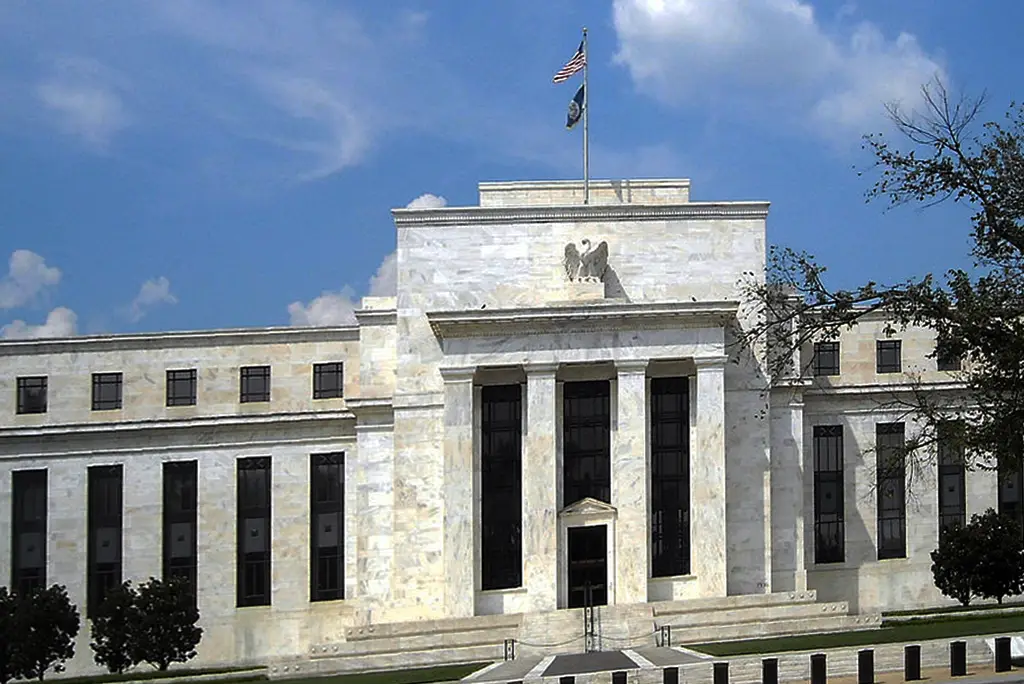US and European officials anticipate another interest rate hike in July, signaling tightening measures. The Federal Reserve and the European Central Bank are expected to raise interest rates.
Global Monetary Policies Set to Diverge
Additionally, Chinese policymakers have initiated looser monetary policies. Meanwhile, central banks in India and South Africa maintain a sustained hold. Consequently, global monetary policy is expected to decouple due to persistent inflation and diverging approaches. Moreover, the overall borrowing costs have risen from the previous forecast of 6% three months ago.
Additionally, Turkish officials have recently commenced their own tightening measures addressing the economic situation. Moreover, Russian counterparts may be on the verge of following suit by implementing their own tightening policies. Furthermore, the Bank of Japan is slowly progressing towards removing stimulus measures, albeit gradually.
Consequently, the rest of the world is charting its own course as global monetary policy diverges.
Central Bank of UK with Failed Inflation Outlook
In the midst of a clouded juncture, central banks on either side of the Atlantic are entrenching global divergence. Notably, the Bank of England officials are grappling with their failure to sufficiently address the inflation outlook. Meanwhile, as others pause, they are assessing whether their existing tightening measures require additional time to take effect.
How Long will rates remain elevated?
According to our forecasts, underlying inflation is expected to gradually decline unless an abrupt economic downturn occurs.
Consequently, it is unlikely that rate cuts will occur in advanced economies like the US, the euro area, and the UK until mid-2024.
Central Banks and their Economic Outlooks
-
US Federal Reserve
Chair Jerome Powell indicates a likelihood of two more rate hikes if the economy performs as expected. The Fed’s forecast implies two more 25 basis-point increases to reach 5.6% this year.
Policymakers express uncertainty about the rate outlook due to recent banking failures and credit conditions. Bloomberg Economics expects a 25 basis-point increase, followed by holding rates at 5.5% for the rest of the year.
-
European Central Bank
Stubborn underlying inflation concerns the ECB, impacting the rate decision. Recent economic data suggests weakening growth in the eurozone, led by Germany.
Economists expect two 25-basis-point hikes in July and September, leaving the deposit rate at 4%. The first rate cut is projected for June of the following year.
-
Bank of England
Higher-than-expected inflation has reinforced the belief in further monetary tightening. Headline inflation is falling, but core inflation remains high, above 7%.
The BOE surprised with a 50-basis-point hike in June and may deliver another in August. Economists predict rates peaking at 5.75% in November, potentially leading to a recession.
-
Reserve Bank of India
Additionally, inflation has moved closer to the midpoint of the Reserve Bank of India’s target band. Moreover, the central bank’s monetary policy panel unanimously voted to keep the key rate unchanged.
Furthermore, Governor Shaktikanta Das reiterated that the policy stance is a pause, not a pivot toward rate cuts.
In the upcoming policy review, economists expect the RBI to maintain the hold for the rest of the year. Despite progress in curbing inflation, the fight against it is not yet over, as highlighted by Governor Das.
-
China’s Economic Situation
Meanwhile, China’s economic recovery is showing signs of losing momentum. Recent data points to a slowdown in consumer spending, a crucial rebound driver. The People’s Bank of China (PBOC) cut rates in June, suggesting a potential policy loosening.
However, concrete stimulus measures have been delayed, and economists anticipate moderate support. Nonetheless, economists still expect China’s GDP to expand by 5.5% this year, surpassing the government’s target.
-
Bank of Japan’s Policy Outlook
Under the leadership of Governor Kazuo Ueda, the Bank of Japan (BOJ) has adopted a dovish tone. Market analysts largely anticipate continued monetary easing measures as pledged by Governor Ueda.
The question remains whether the BOJ will adjust its control of yields as a temporary measure. Some economists predict potential adjustments in July, coinciding with the bank’s revised price forecasts.
-
Bank of Russia’s Monetary Policy
The Bank of Russia is preparing for its first hike in borrowing costs since the Ukraine invasion. Policymakers, led by Elvira Nabiullina, have signaled the need for rate hikes due to inflation pressure.
The benchmark rate has remained unchanged since September, marking the longest pause in over seven years. Analysts predict a rate hike as early as July or September, driven by the country’s stronger-than-expected economy.
-
Reserve Bank of Australia’s Decision-making
The Reserve Bank of Australia (RBA) has paused its 15-month tightening campaign for the second time. The RBA has decided to wait for key inflation data and updated forecasts before resuming rate rises.
Core inflation in Australia exceeds the target range, posing potential upside risks. The RBA needs to carefully evaluate the capacity of highly-geared households to handle further tightening. Many borrowers are transitioning from fixed to floating rates, adding to the RBA’s considerations.
